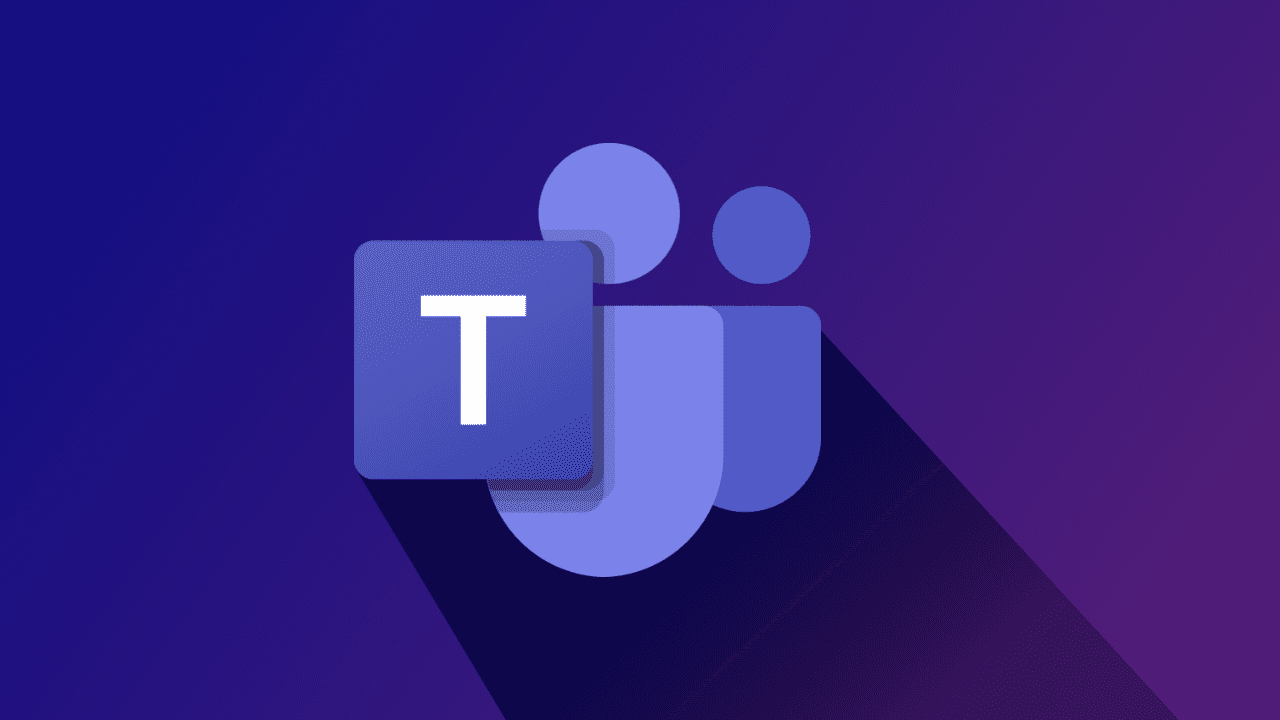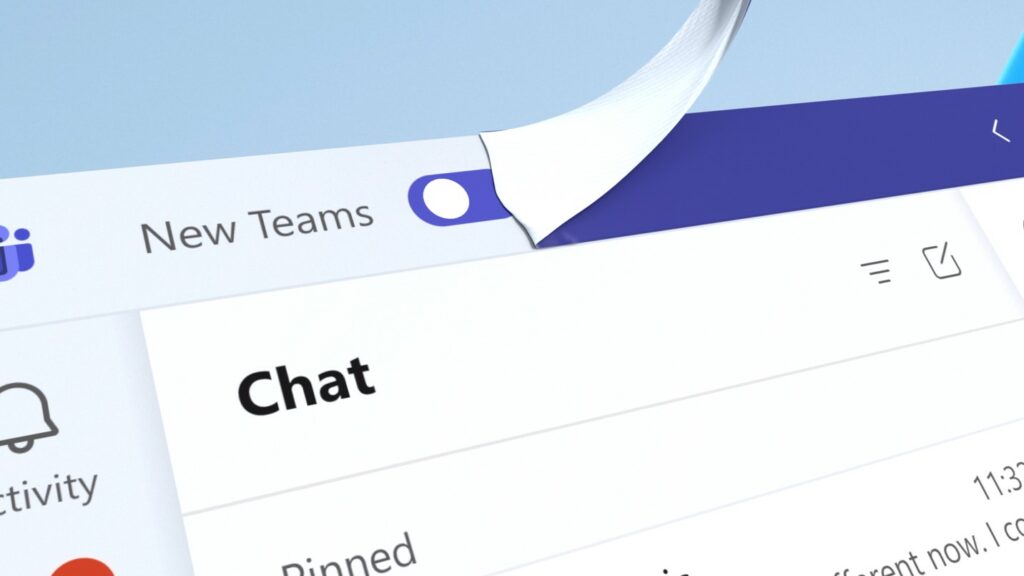Microsoft Will Make Teams 2.0 the Default Client Later This Year

The new Microsoft Teams 2.0 client that Microsoft made available in public preview in late March will become the default app for Windows users later this year. Anupam Pattnaik, the Product Lead for Teams 2.0 detailed the company’s plans in the first episode of UnplugIT, our new IT pro podcast hosted by Microsoft veteran Stephen Rose.
Microsoft Teams 2.0 has been rebuilt from the ground up to make it 2x faster and consume fewer resources than the “classic” Teams desktop app. The new Teams 2.0 client leverages the same WebView2 technology that already powers the new Teams for Consumers client that made its debut with Windows 11 last year.
“Right now, the classic Teams is the default because we do not have all the features that we support in classic Teams in the new Teams,” Pattnaik explained. “That’s the reason we have right now classic Teams as the default option, but sometime later this calendar year, we’ll make the new Teams the default option when we have feature parity, and when we feel confident that users can switch to the new Teams.”
Pattnaik also confirmed that the new Teams 2.0 client will launch in preview on non-Windows platforms later this year. “We plan to make the preview of the new Teams available to our Mac, VDI, and web users later this calendar year. We also do plan to roll it out to our other customer segments like EDU, and Government Cloud later this calendar year,” the Product Lead for Teams said.

What to expect from the new Microsoft Teams 2.0
As of today, IT admins can opt in to test the new Teams client in their organizations. After joining the preview program, end users can switch between the new Teams and the classic app with a toggle switch.
The new Teams 2.0 already brings a slightly revamped UI and significant performance improvements. According to data from benchmarking company GigaOm, app launch and meeting joins are twice faster. The new client also brings multiple accounts support, and users can receive real-time notifications no matter which account is currently in use.
Pattnaik confirmed that Microsoft is still working on adding support for advanced meeting capabilities such as Breakout Rooms, which should be available in the new Teams client before the end of the year. “Our team is continuously working on making sure that those features are available as soon as possible so that it makes it easier for customers to basically adopt the new Teams platform,” the Product Lead said.
You can learn more details about what to expect from the new Teams 2.0 client in the first episode of our new UnplugIT podcast.


